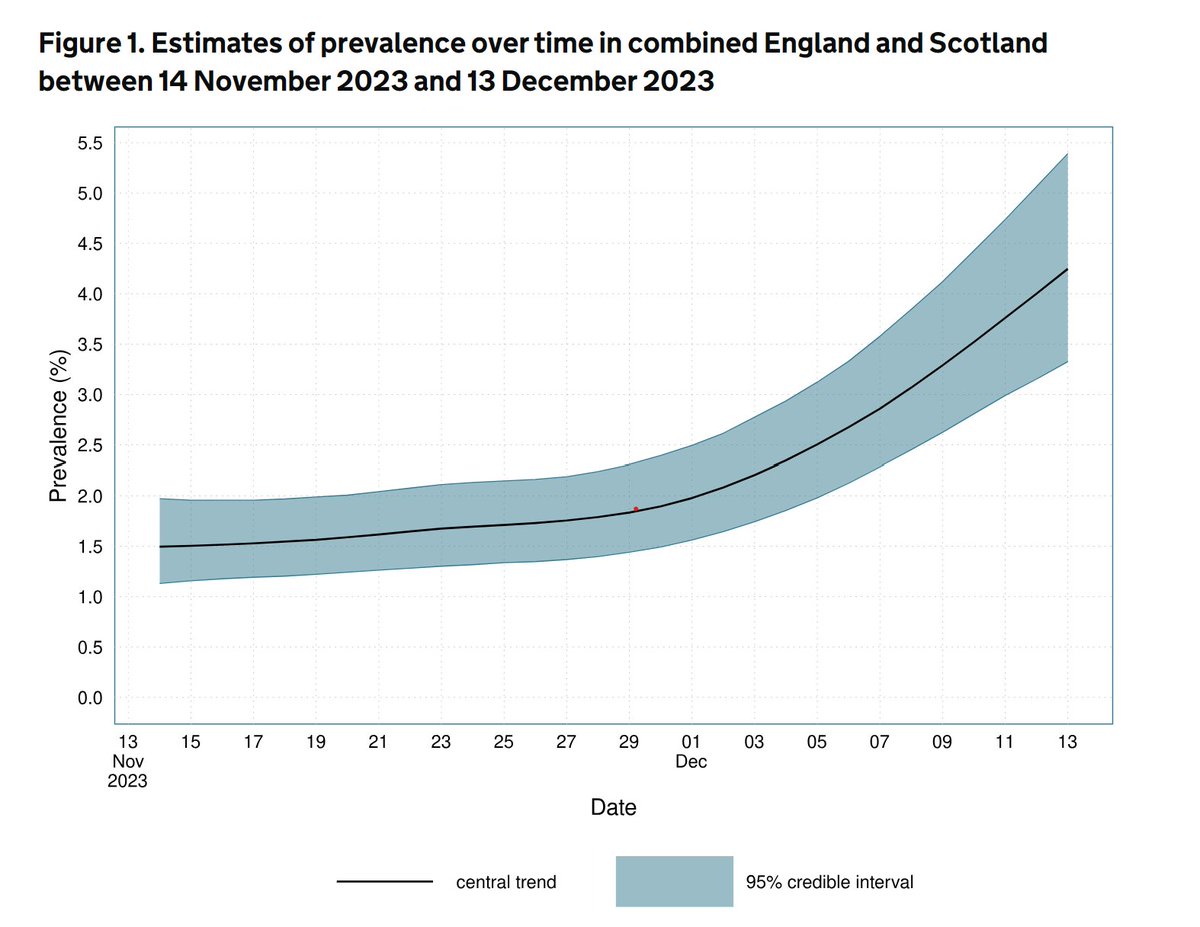ONS data published today on booster vaccination take-up by demographic group shows that even amongst those who've had 2 doses, there is still a marked divide.
By ethnicity there's a very wide range, from as little as 50% up to 80% for white British.
1/
By ethnicity there's a very wide range, from as little as 50% up to 80% for white British.
1/

There's a much tighter range by religion, with the exception of Muslim, which is a full 20% lower than the second lowest.
2/
2/

There will of course be a high degree of correlation between these different groupings. Here we see the usual pattern by deprivation, although again the spread is less wide - only 12%.
3/
3/

Finally by disability status, where it's clear that the less mobile have had greater difficulty accessing the booster, consistent with reports that home visits were less available during the early stages of the roll-out.
5/
5/

The reasons for the differences can be debated, but it's worth remembering that the denominator is all those double vaccinated, so any initial hesitancy about the vaccine has been overcome with this population.
6/
6/
Access is likely to be a key factor, and hopefully since Dec 12th the rapid roll-out has enabled a wider distribution of sites. Nevertheless the study is a reminder of the need to engage with all parts of the community to increase coverage more evenly.
7/
7/
• • •
Missing some Tweet in this thread? You can try to
force a refresh













